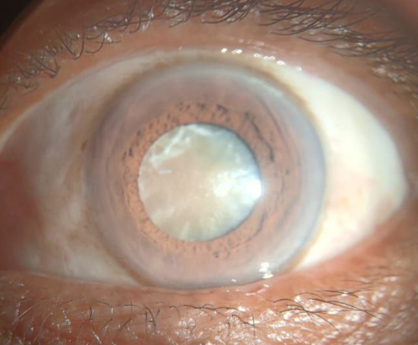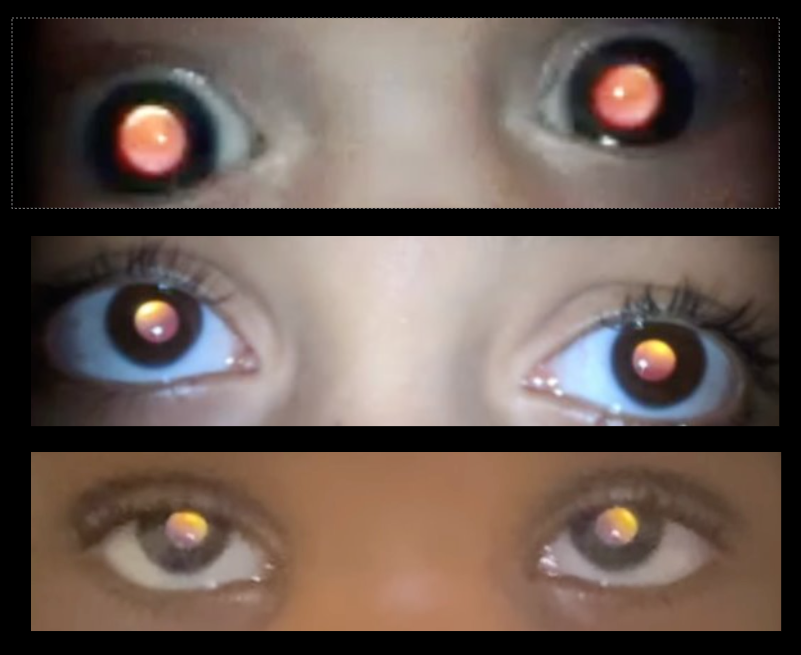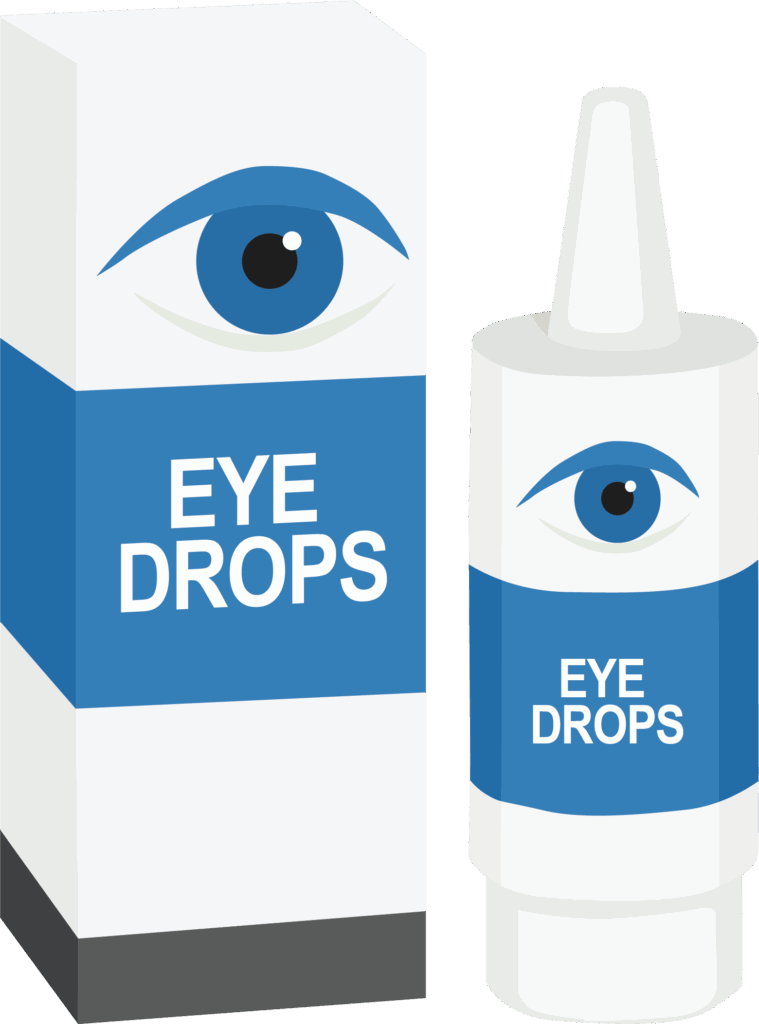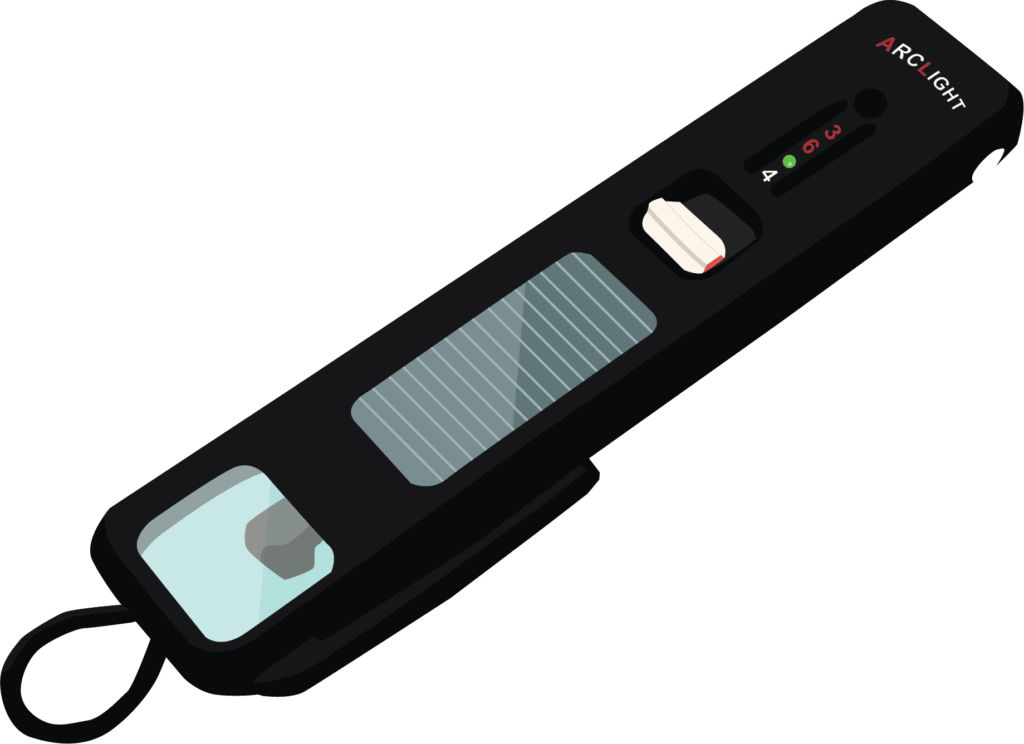Key words
Instruction
Read the key words for this module.
Astigmatism – People with astigmatism have difficulty seeing clearly in the distance and close up.

Cataract – A milky or cloudy patch on the lens which appears as though the person’s pupil is cloudy. A cataract significantly reduces a person’s vision. Cataracts are most common in older people, but they can also affect younger people.

Photo credit: LV Prasad Eye Institute, India
Congenital – An illness or problem that a baby is born with.
Diabetes – A disease where sugar is high in blood. This can result in many health problems including difficulty in feeling parts of the body (especially feet) and consequent foot wounds, gradual loss of vision, kidney damage, urinary incontinence and difficulty remembering things.
Floaters – Small, dark shapes that appear to drift across a person’s vision. They may look like spots, threads or squiggly lines. Occasional floaters are a normal part of ageing. However, a sudden increase in floaters, especially together with flashes of light can indicate a serious eye problem.
Fundus reflex – Eye reflex in which light enters the eye through the pupil (black central part of the eye). The light reflects off the back of the eye (fundus), and returns through the pupil, appearing as a reddish-orange glow.
The fundus reflex can appear differently, depending on the person’s skin colour.

Photo credit: Andrew Blaikie
Hyperopia – People with hyperopia are long-sighted. They can see objects in the distance clearly, however, they find it hard to focus on close objects.

Learning disability – A person with a learning disability may have some limitations in learning new skills, including communication and self care.
Lubricating eye drops – Eye drops that are used to help keep eyes moist. They can reduce eye discomfort and dryness.

Myopia – People with myopia are short-sighted. They can see close objects clearly, however, more distant objects are blurry.

Ophthalmoscope – A device used to shine light into a person’s eye to see the back of the eyeball.
An Arclight is a type of ophthalmoscope that can be used instead of a traditional ophthalmoscope.


Presbyopia – A near vision problem in older adults. People with presbyopia have difficulty seeing things that are close. Presbyopia only occurs as people reach the age of 40 or more.

Refractive error – A common reason for vision problems, which is usually correctable with the right spectacles or contact lenses.
There are different types of refractive error leading to different vision problems. Some examples include astigmatism, hyperopia and myopia.
Topical antibiotic – Medicine that is applied directly to the skin or eyes to treat infection. Topical antibiotics can include drops and ointments.
Image pending
Instruction
If you find other words that you are not familiar with, ask a colleague or your mentor.

